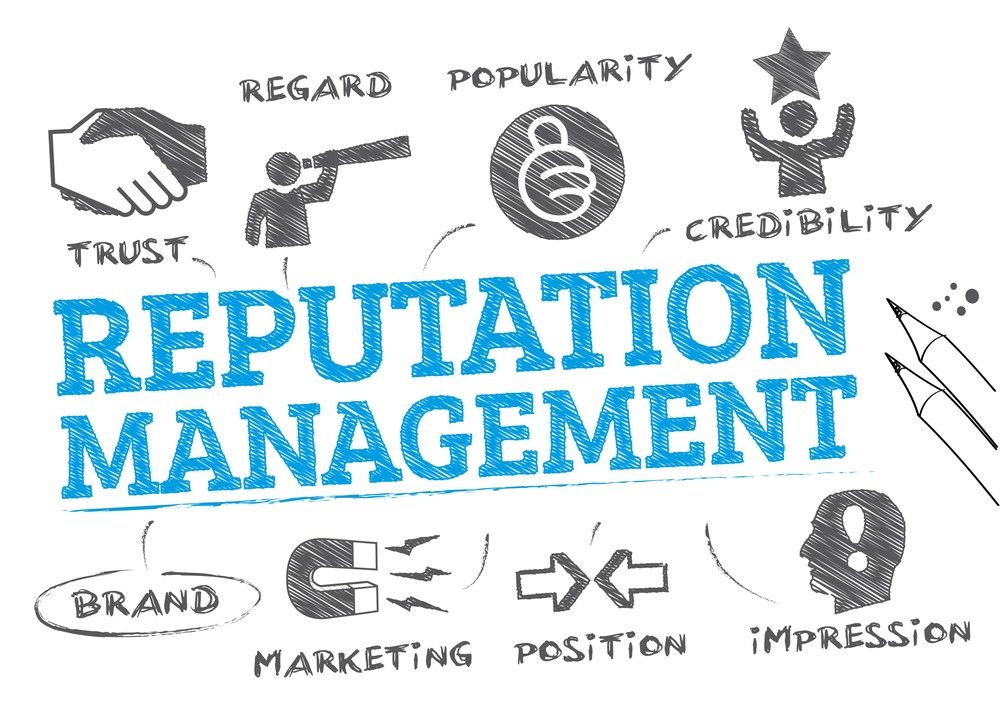What is the SEO checklist involved in content writing?

As a writer, you realize that producing good material is only half the battle. The second half is reaching out to people who would be interested in your material. This is where SEO, or search engine optimization, comes in. Certain search engine optimization (SEO) checklists should be followed while creating your blog post to ensure your material is seen by search engines and ranks highly on search results pages. Improve your content's discoverability and reader engagement by following the steps outlined in this article. Get yourself a cup of coffee and settle down for a good read.
Research
Doing in-depth research on the topic you intend to write about is essential before you dive in. Researching before you submit ensures that the information you provide is accurate. The first step in writing a blog post is to consider potential subjects or approaches. Then, you can see what people are looking for in those themes by using web tools like Google Trends, SEMrush, or Ahrefs. The next step is to review similar works and assess the usefulness and information they provide. You can use this to find places in their writing where your expertise would be welcome. Be sure to verify any claims you make in your post by conducting more research. Make good use of authoritative resources, including official government websites, scholarly journals, and trade periodicals.
Write in short sentences.
One of the most crucial aspects of article creation is using concise language. Keeping your phrases short makes them simpler to read and comprehend. If your phrases are too long or too complicated, your readers may become lost and give up. Long paragraphs can be broken up with short sentences to assist readers in taking in the content more quickly. In today's digital transformation, when people's attention spans are increasingly shorter and they want instant gratification, this is more vital than ever.
Make sure you match the search intent.
Matching search intent is one of the most crucial SEO content writing checklist factors. To put it plainly, this means making sure your material is helpful to those who are looking for information via a specific search term. To properly match search intent, you must first grasp the meaning behind a user's query. Research and analysis of user behavior and query trends are required for this.
Use the focus keyword in the title.
Using a focus keyword in the title of your content is crucial for optimizing it for search engine results. Your title should be an accurate representation of what your content is all about and should include the primary keyword that you want to rank for. It helps with SEO by letting search engines know what the article focuses on.
Keep Vocabulary Simple
When it comes to content writing, one often overlooked aspect is the use of vocabulary. It's easy to fall into the trap of using complex words and phrases in an attempt to sound smart or sophisticated. However, this can actually hinder your content's success. Simple language is critical to effective communication. Your audience should be able to understand your message without having to consult a dictionary for every other sentence. Using complicated words can alienate readers and cause them to lose interest quickly.
Use Relevant, High-Quality Images
Including appropriate, high-quality photos can considerably improve your content's reception. Not only does it make the page look better, but it also makes reading longer passages of text easier on the eyes. It's important to use photographs that are both relevant to the subject matter and useful to the reader. You should stay away from using stock photos or other visuals that don't add anything to the text.
Better content quality compared to competitors
When it comes to search engine optimization (SEO) writing, nothing is more important than producing higher-quality material than your rivals. You want to separate yourself from the competition by giving your readers something they can't get anywhere else. But how do you make sure that the quality of your content improves? Find a fresh perspective on the issue at hand. Avoid merely restating already stated facts; alternatively, provide an alternative viewpoint or explore areas that haven't been covered.
Maximize External & Internal Links
Maximizing external and internal links is an essential part of SEO content writing. It not only increases the credibility of your content but also helps improve search engine rankings. External links refer to hyperlinks that point to another website or web page, while internal links redirect users within the same domain. Involving external links in your content adds value to your readers and demonstrates that you have thoroughly researched the topic. Internal linking is equally important, as it allows users to navigate your site quickly and directs them toward more informative pages. Moreover, internal linking can help increase the time spent by a user on a webpage, which signals to Google for better engagement rates.
Include a call to action
A call to action (CTA) is a prompt that encourages your readers to take a specific action, such as signing up for a newsletter or purchasing a product. Including CTAs in your content can help you convert visitors into customers and increase engagement on your website. When creating CTAs, it's essential to make them clear and concise. Use actionable language that leaves no room for confusion about what the reader should do next. For example, "Sign up now" or "Click here to learn more."
Conclusion
Content writing and SEO go hand in hand. By implementing these strategies consistently in your content creation process, you will see an improvement in organic rankings over time, leading to increased visibility on search engines, which translates into more leads/sales for your business. Happy Writing!
Related Blog

Google Business Profile Suspended? How to Fix It Fast

How to Recover a Disabled Facebook Account?

What to Do If Your Facebook Account Is Hacked and Your Email Is Changed

LinkedIn Shadow Ban: How to Avoid and Fix it

How to Recover a Hacked WordPress Website

How to start an IT company in Dubai

Best Ethical Hacking Companies in Dubai

Webflow vs WordPress Which is Better for Website Design?

20 Tips for Effective LinkedIn Marketing in Dubai

Top 10 Software Development Companies in Dubai


What is the Software Development required for Creating Payment Gateways?

How does Google treat AI Content in SEO?

How to create a proper content distribution strategy

How can Brand agencies bring success to B2B Business in the UAE?

Maximize Sales with e-commerce Advertising Strategies

Schema Markup for SEO: Boost Your SERP Visibility with Structured Data

FIVE STRATEGIES TO INCREASE YOUR BRAND LOYALTY

What are the Branding Strategies for a Small Business in the UAE?

How can digital marketing be useful for small businesses?

What are the Things to Consider for Hiring Creative Agencies?

What are the different ways to protect the website from unethical hacking?

What are the mistakes to avoid while customizing a WordPress website?

Why is Website Maintenance important for your Business?

Trends of Future Creative Agencies in UAE

How can AI transform digital marketing in the UAE?



How can a powerful Landing Page Design lead to higher conversion?

Checklist to build a winning e-commerce website


WHAT ARE THE SUCCESSFUL ELEMENTS REQUIRED FOR BRANDING A WEBSITE IN UAE?

What are the best web designing tools that can renovate your site?

What are the web designing strategies that can improve the SEO ranking?

How social media impacts the promotion of the business in the Future?

Top Ten Mobile App Development Companies in UAE

How do we choose the best brand name for the business in UAE?

What are the top e-commerce Software Solutions required for the IT industry?

Why is user experience crucial in website development?

How to Choose the Right Ecommerce Platform for Your Business

How to Optimize Your LinkedIn Profile for Maximum Exposure?

How Can Branding Agencies in The UAE Promote Businesses?


Top 10 SEO Agencies in Dubai

TOP TEN MARKETING CONSULTANTS IN DUBAI

The Top 10 Must Have WordPress Plugins for Your Website

The Future of Facebook Marketing: Trends and Predictions

What are the successful CRM strategies?

Reasons why you should hire a professional branding agency

How Web Development Helps Your Business

How to Grow your digital agency in 2023?

Why Cyber Security is Important for Your Business

Key Factors for Choosing the Right System Integrators

How to Choose the Right Reputation Management Company

How Ethical Hacking is Different from Normal Hacking?

Things to Consider While Choosing a Software Development Company

Top 7 Reasons to Hire a Content Marketing Agency in Dubai

10 Factors to Consider While Selecting Web Designing Companies in Dubai

Importance and Benefits of SEO for Your Business

TIPS FOR CHOOSING A SOFTWARE TESTING COMPANY

Questions You Should Ask Before Choosing A Social Media Agency In UAE

How to Market your Local Business in Dubai?

How to choose a good digital marketing agency for your business in Dubai



